When it comes to alternative investment strategies I have a soft spot for long-short equity mandates.
They’re my favourite.
I love that both sides of the coin are considered.
On the long side of the equation – utilizing a multi-factor approach to select the most attractive stocks.
And on the short end – screening for stocks that are across the board less attractive.

With a long-short strategy you have the potential for the following outcomes:
- Outperformance
- Absolute Returns
- Low Correlation With Markets
With this in mind, I’m thrilled to welcome back Julian Klymochko to discuss Accelerate Absolute Return Fund – HDGE.TO ETF.

As a high conviction strategy (48 long / 48 short) HDGE has delivered impressive returns when investors have needed it most (2022) whilst enhancing the overall returns and risk profile of a 60/40 portfolio since inception.
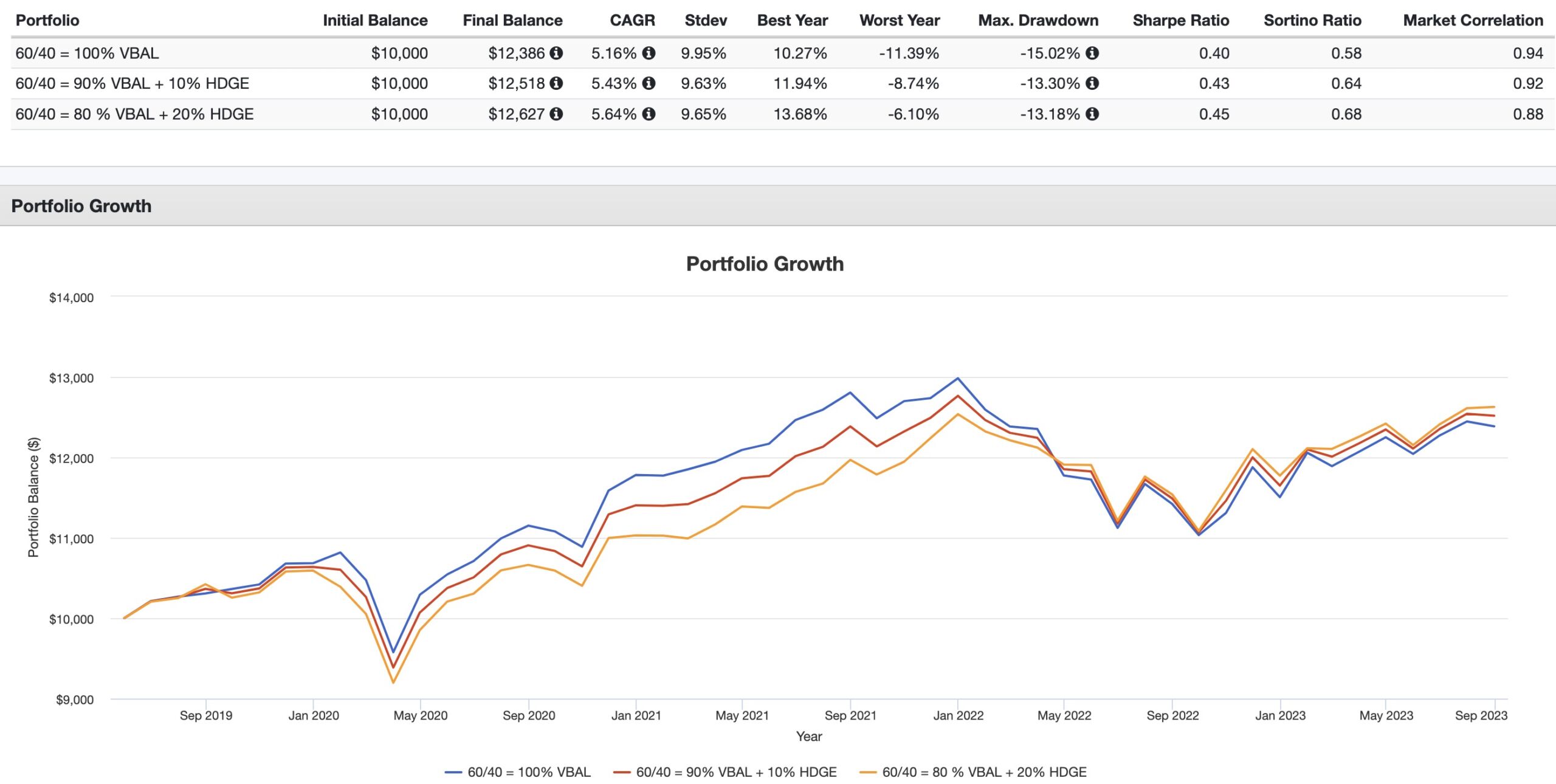
Without further ado, let’s turn things over to Julian to find out more!

Meet Julian Klymochko of Accelerate
I was born in Winnipeg, Manitoba, Canada. Unlike Warren Buffett, I didn’t buy my first stock when I was 11 years old! I didn’t get interested in business and investing until university. I graduated with degrees in engineering and finance (weird, right?) and joined the investment banking division of BMO Capital Markets out of school where I gained experience advising on mergers and acquisitions.
After my time in investment banking, I joined a hedge fund and began my career as a professional investor and arbitrageur in 2009. I cut my teeth on closed-end fund arbitrage, merger arbitrage and convertible arbitrage. Over time, we managed additional mandates including volatility arbitrage, SPAC arbitrage and multifactor long-short investing. In 2015, I won the award for the #1 hedge fund in Canada from the Canadian Hedge Fund awards.
I’m the founder, CEO and Chief Investment Officer of Accelerate, a leading provider of alternative investment solutions. Accelerate helps investment advisors, institutions and individual investors diversify their investment portfolios, manage risk, and improve their portfolio’s risk-adjusted returns.
I am a CFA charterholder and serve on the board of directors of the CFA Society Calgary.
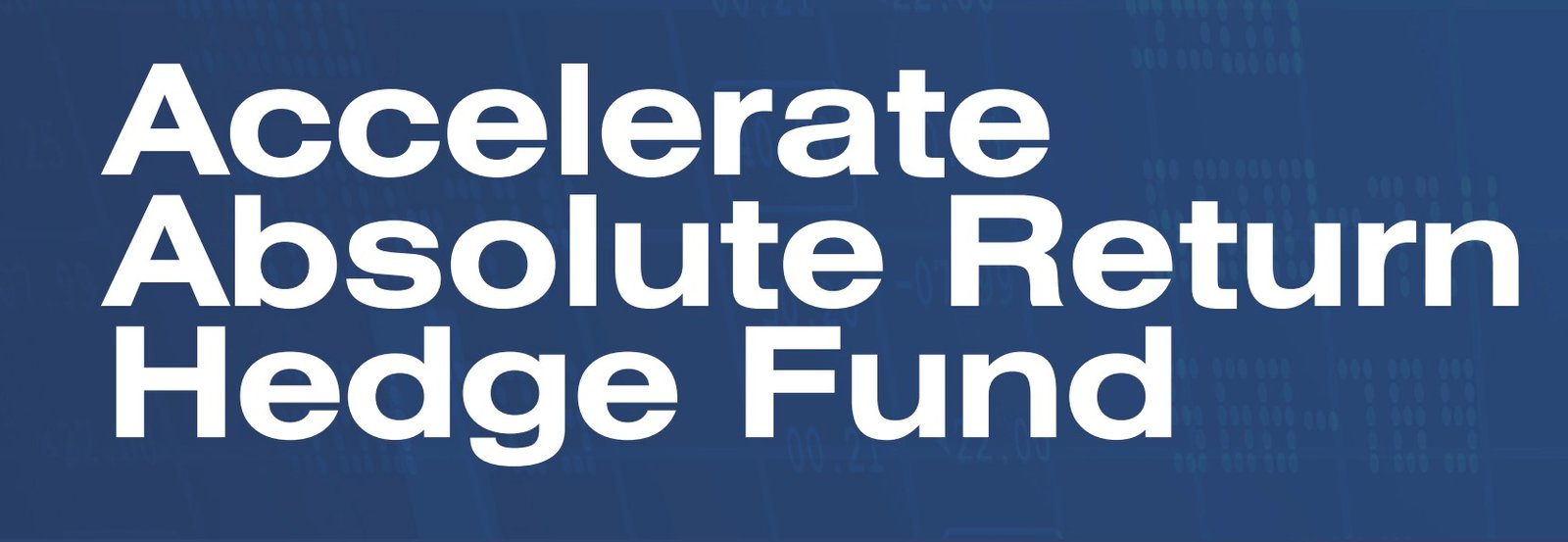
Reviewing The Strategy Behind HDGE ETF (Accelerate Absolute Return Hedge Fund)
Hey guys! Here is the part where I mention I’m a travel content creator! This “The Strategy Behind The Fund” interview is entirely for entertainment purposes only. There could be considerable errors in the data I gathered. This is not financial advice. Do your own due diligence and research. Consult with a financial advisor.
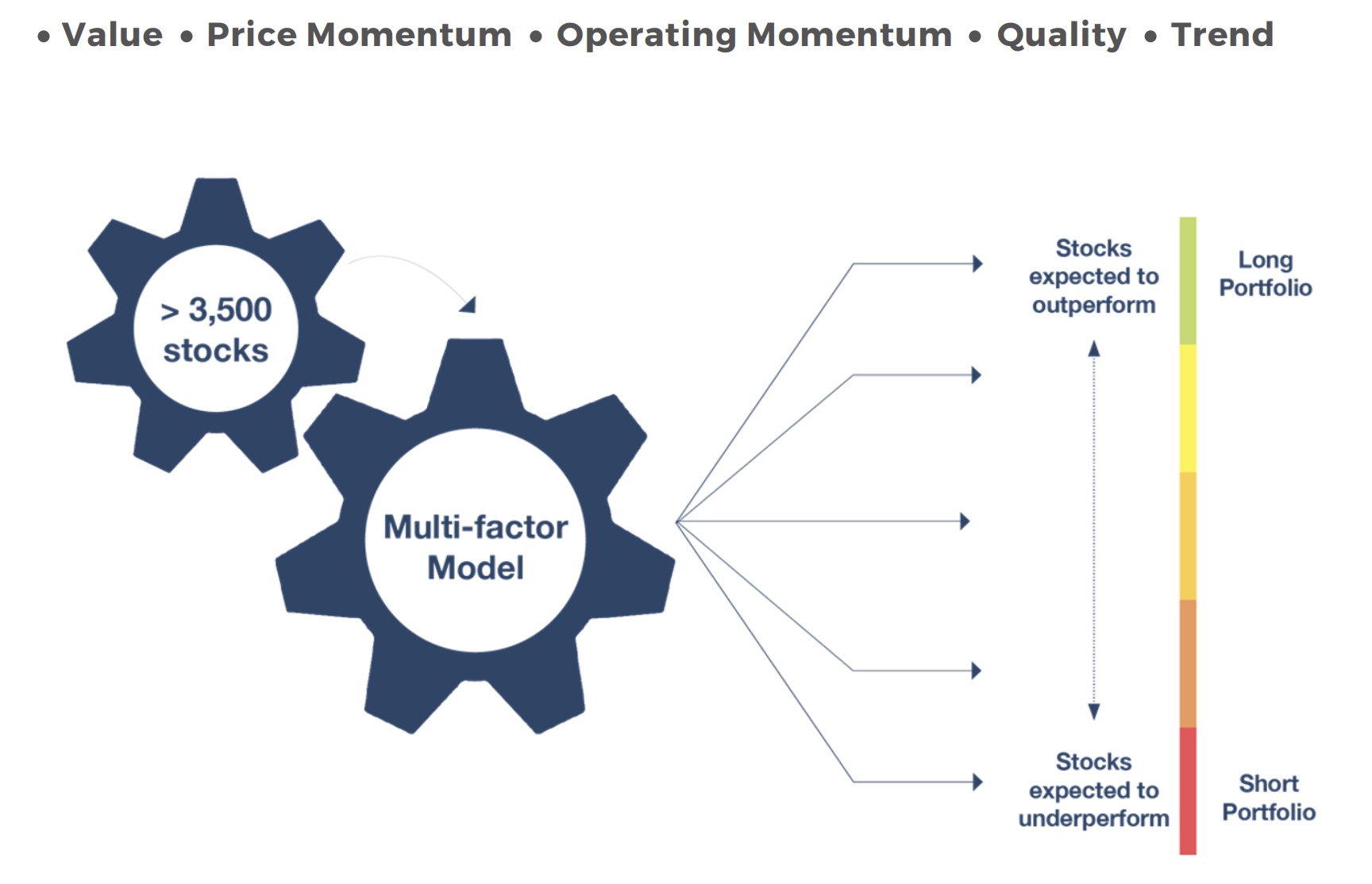
These asset allocation ideas and model portfolios presented herein are purely for entertainment purposes only. This is NOT investment advice. These models are hypothetical and are intended to provide general information about potential ways to organize a portfolio based on theoretical scenarios and assumptions. They do not take into account the investment objectives, financial situation/goals, risk tolerance and/or specific needs of any particular individual.

What’s The Strategy Of HDGE ETF?
For those who aren’t necessarily familiar with a “quantitative long-short equity hedge fund” style of investing, let’s first define what it is and then explain this strategy in practice by giving some clear examples.
A quantitative long-short equity hedge fund is a type of investment strategy that employs quantitative, or systematic, analysis to make both long and short investments in stocks. It relies on mathematical models to select its portfolio of stocks, as opposed to discretionary judgment. These models analyze large datasets, historical market data, and other quantitative factors to identify potential investment opportunities and risks. Quantitative strategies often seek to exploit market inefficiencies, patterns, and proven drivers of investment returns that may not be immediately apparent to human investors.
The goal of a long-short fund is to provide hedged exposure to generate investment returns that are not dependent (i.e. uncorrelated) with broad stock market returns. Theoretically, a hedged fund should exhibit low or no correlation to broad market indexes.
Implementation of a long-short equity fund includes selecting long securities that are expected to outperform, while concurrently selecting short securities that are expected to underperform. Stocks are selected based on certain underlying fundamental or technical drivers of return known as “factors”.
Factors represent specific characteristics or attributes of a stock that have correlated with future share price performance, meaning they may be able to predict future investment returns. For example, a stock with positive factor loadings is statistically likely to outperform, while a stock with negative factor loadings is predicted to underperform.
Some examples of factors that have historically been proven drivers of return:
- Value – undervalued stocks tend to outperform while overvalued stocks tend to underperform
- Quality – high-quality stocks tend to outperform while low-quality (“junk”) stocks tend to underperform
Therefore, a long-short hedge fund such as Accelerate’s HDGE would be long high-quality, undervalued stocks while being short low-quality, overvalued stocks. Some portfolio examples include:
- Long AutoNation: AN trades at an attractive valuation of 6x EBITDA with a return on capital of 32% and a free cash flow yield of 8%. Its stock has positive share price momentum of 41% and has reduced its shares outstanding by 21%. It beats its latest quarter by 15%. Therefore, its stock is expected to continue to outperform, so HDGE is LONG.
- Short Purple Innovation: PRPL generates negative EBITDA, a negative return on capital, and is burning cash with a free cash flow yield of -9% per year. It has diluted its shareholders by 27% through recent share issuance and missed its latest quarter by -23%. It has poor share price momentum of -27% and declining earnings estimates. Therefore, its stock is expected to underperform and HDGE is SHORT.
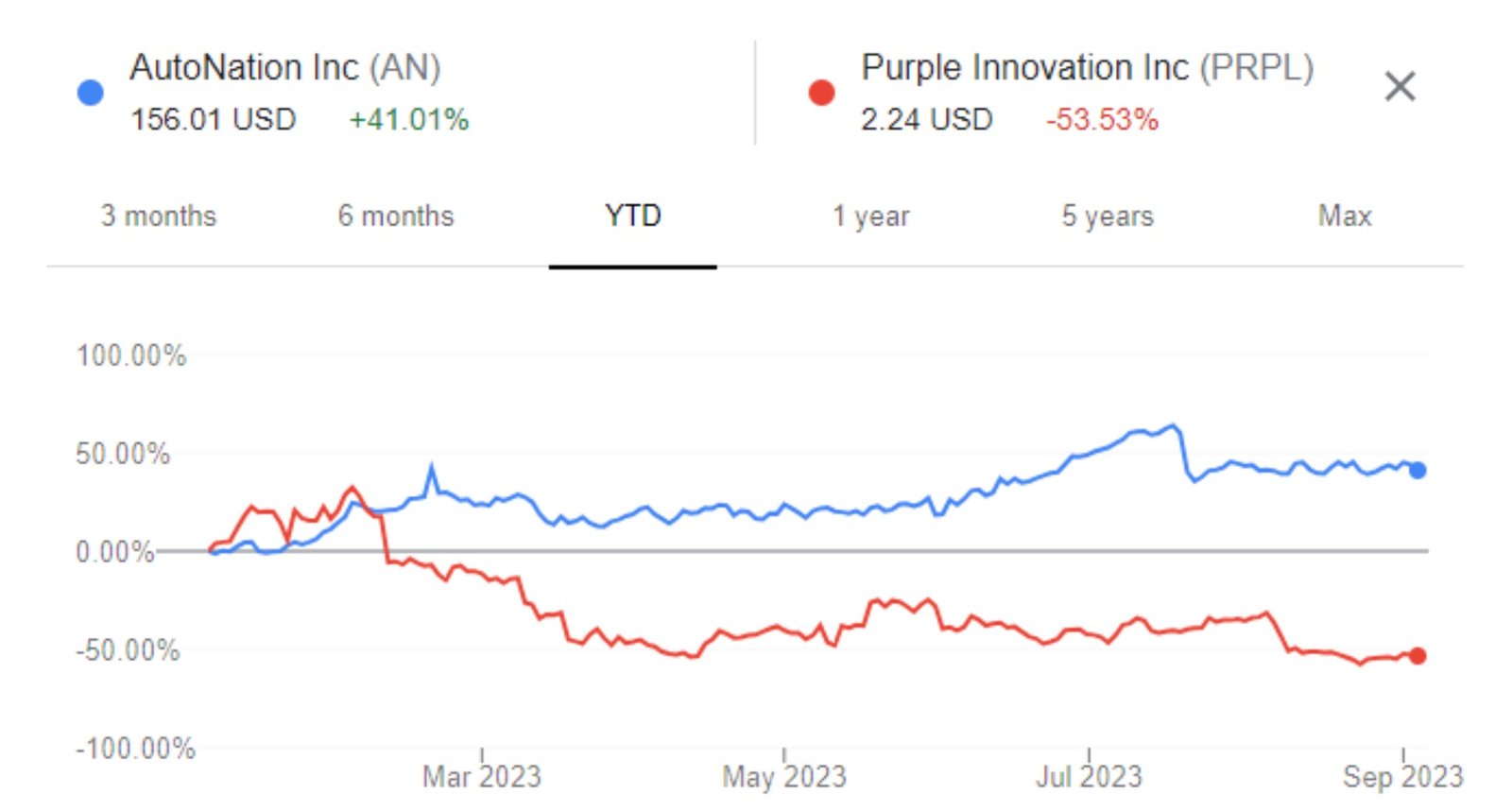
In layman’s terms, HDGE’s investment strategy is to go “long good, short junk”.
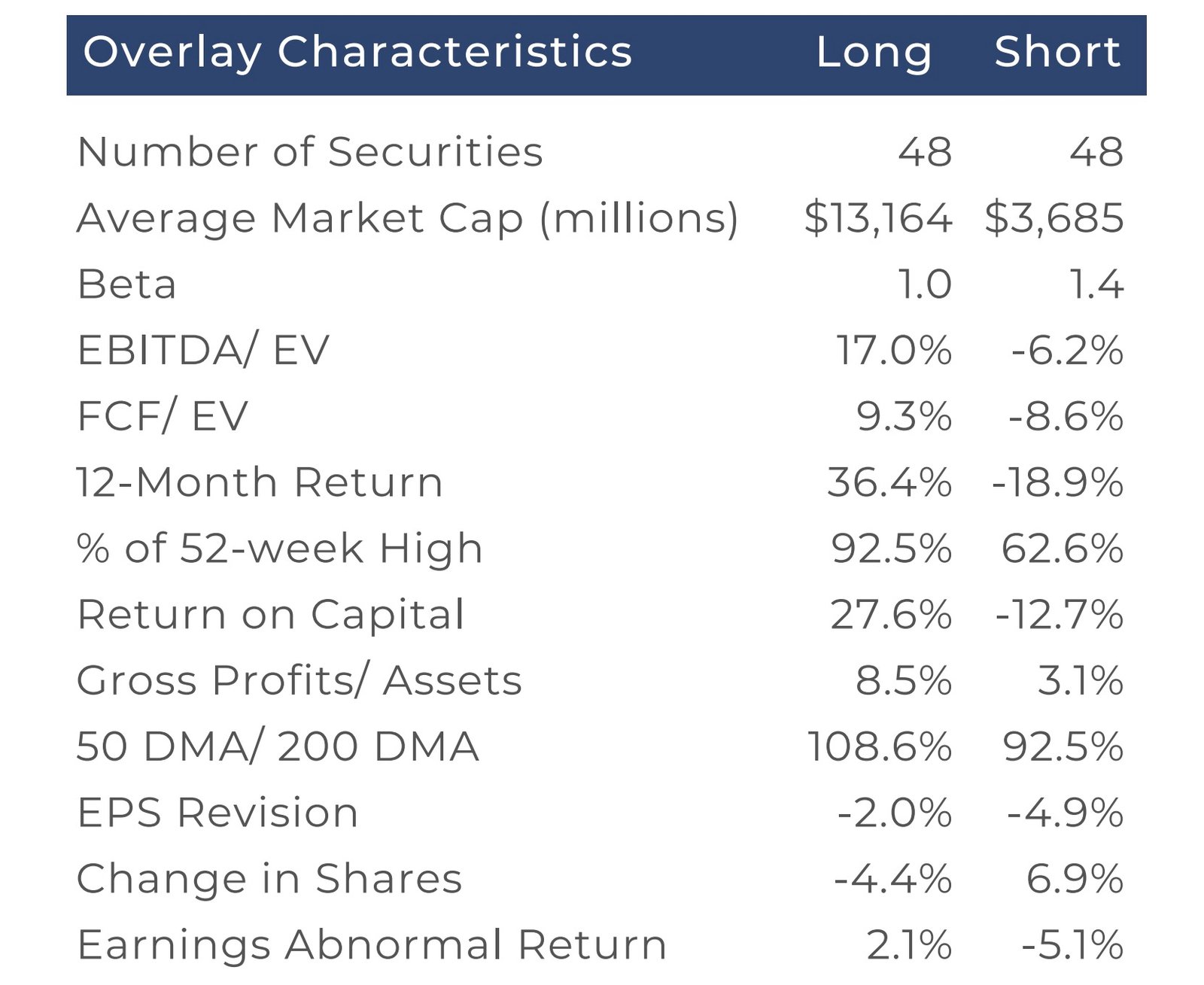
Unique Features Of Accelerate Absolute Return Hedge Fund HDGE ETF
Let’s go over all the unique features your fund offers so investors can better understand it. What key exposure does it offer? Is it static or dynamic in nature? Is it active or passive? Is it leveraged or not? Is it a rules-based strategy or does it involve some discretionary inputs? How about its fee structure?
Legendary hedge fund manager Ray Dalio spoke of what he called the “Holy Grail of Investing.” This holy grail strategy entails constructing a portfolio of 15-20 uncorrelated assets that will provide the best return-to-risk-ratio. Traditionally, investors have only had one (stocks) or two (stocks and bonds) assets in a portfolio.
Including an absolute return strategy such as HDGE, which has exhibited near-zero correlation to the S&P 500 since inception, brings investors one step closer to the Holy Grail of Investing, to increase returns while reducing risk.
Ideally, investors should aim to include 6 uncorrelated assets in a portfolio to optimize risk-adjusted returns.
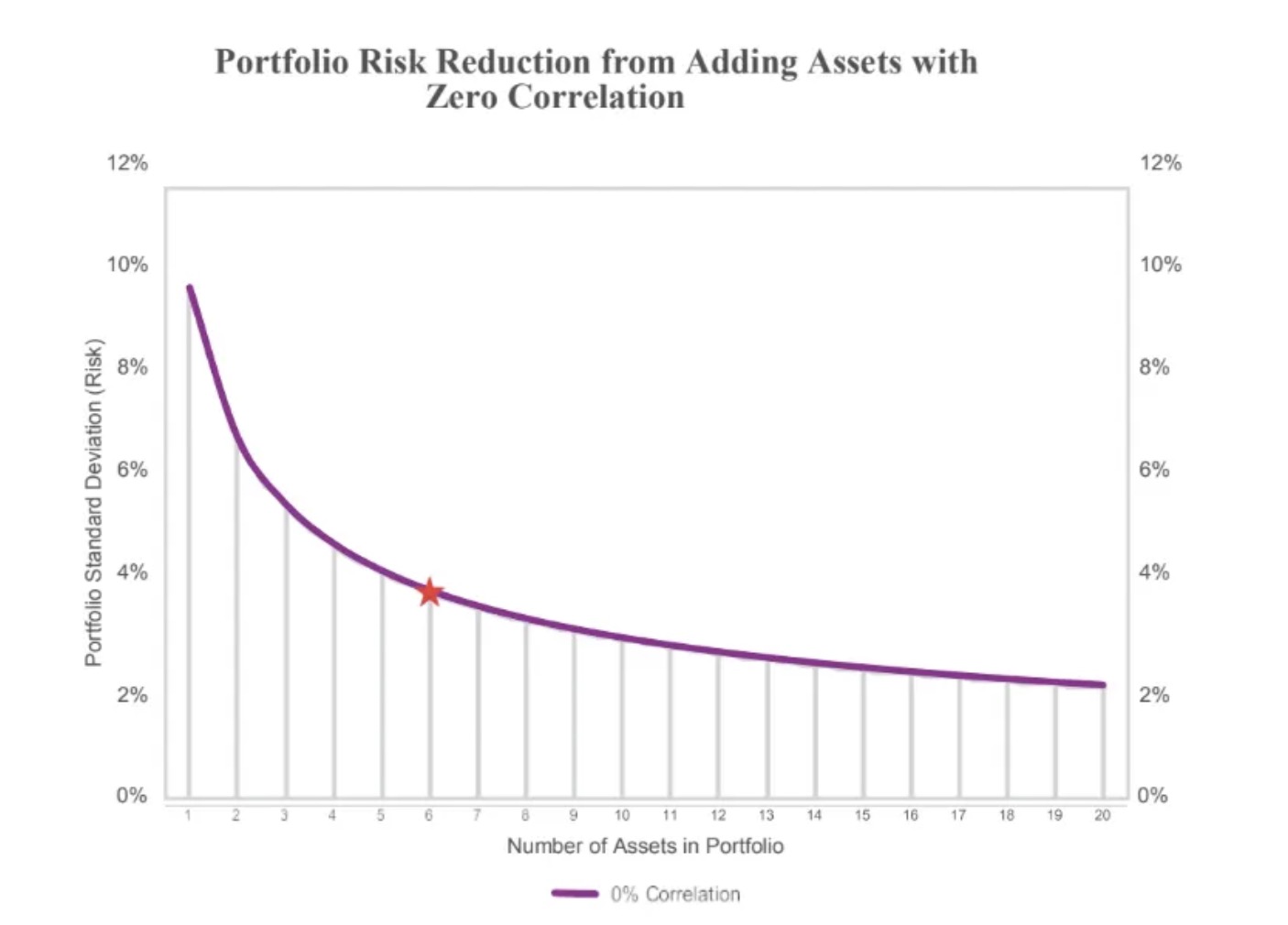
Stock portfolios generate returns for investors from the equity risk premium. Corporate bond portfolios generate returns from the credit risk premium. Hence, traditional 60/40 portfolios produce returns from just two risk premia.
Alternative investments, such as HDGE, generate returns from multiple alternative risk premia. For example, given it goes long undervalued stocks while going short overvalued stocks, it aims to harvest returns from the value premium.
Before HDGE existed, investors never had the opportunity to earn these alternative risk premia from an ETF.
HDGE seeks to achieve attractive risk-adjusted returns with low correlation to the broad equity markets. Its investment objectives include:
- Target 10-15% annualized returns
- Generate positive returns irrespective of market direction
- Hedge downside risk
- Manage volatility
- Provide uncorrelated returns
HDGE is a monthly-rebalanced, actively managed (in that it does not follow an index), systematic long-short equity strategy.
Each and every month, Accelerate’s multifactor predictive model sorts and ranks approximately 4,000 liquid North-American publicly listed stocks based on five principal factors:
- Value
- Quality
- Price Momentum
- Operating Momentum
- Trend
HDGE goes long a portfolio of the highest expected return stocks selected from the top of the ranked list while going short a portfolio of the lowest expected return stocks selected from the bottom of the ranked list.
It rebalances to 110% long, 50% (60% net exposure). However, although it is net dollar long, it is typically close to beta-neutral.
Another unique aspect of HDGE is its fee model. It charges a 0% management fee and is strictly pay for performance. If HDGE does not perform, we don’t make money. It includes a 20% performance fee subject to a high water mark.
In addition, HDGE pays out a ~2% distribution yield.

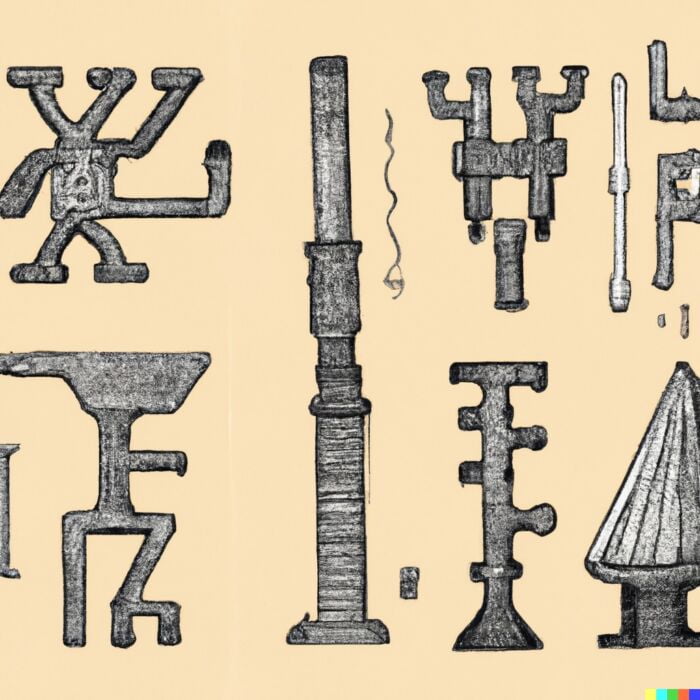
What Sets HDGE ETF Apart From Other Alternative Equity Funds?
How does your fund set itself apart from other “alternative equity” funds being offered in what is already a crowded marketplace? What makes it unique?
Most liquid alternative ETFs are merely hedge fund “replicators”, and seek to mimic hedge fund performance. Historically, these liquid alts have been watered-down versions of hedge funds.
At Accelerate, we took the same strategies that we were running for wealthy investors and institutions in private LPs and launched them as low-cost, accessible and easy-to-use hedge fund ETFs. Same strategies, more investor-friendly wrappers.
HDGE is a real, authentic hedge fund, comparable to some of the world’s best. The only difference between HDGE and other top-quartile private hedge funds is its wrapper (a TSX-listed ETF). If you look inside HDGE, it holds long and short positions, and no swaps or derivatives.
Compared to traditional hedge funds, HDGE offers several benefits to investors:
- Accessible – it is available to all investors not just accredited
- Easy-to-use – one click buy and sell instead of a stack of paperwork and wiring funds
- Liquid – it offers intraday liquidity on the TSX, its market maker is RBC
- Transparent – we disclose the exact strategy and holdings on a monthly basis
- Low cost – its fee is generally 50% lower than its private hedge fund competitors

What Else Was Considered For HDGE ETF?
What’s something that you carefully considered adding to your fund that ultimately didn’t make it past the chopping board? What made you decide not to include it?
Crafting the HDGE strategy over more than a decade, we looked at all factors that have been studied in academic research. We have studied nearly every academic investment paper written over the past forty years.
One factor that did not make the cut is dividends. One investing misconception is that dividends are a predictor of future investment returns. This is false. Historically, dividends have not had any predictive power with respect to future total returns. A stock’s dividend yield has no bearing on future investment results.
Aside from factors, sector exposure is another thing we studied closely for years. We learned that one specific sector, biotech, is not driven by traditional investment factors. A biotech stock is effectively a binary bet on the result of clinical trials, more analogous to a lottery ticket or a hand of blackjack than an operating enterprise. As such, we do not include biotech stocks, long or short, in HDGE.

When Will HDGE ETF Perform At Its Best/Worst?
Let’s explore when your fund/strategy has performed at its best and worst historically or theoretically in backtests. What types of market conditions or other scenarios are most favourable for this particular strategy? On the other hand, when can investors expect this strategy to potentially struggle?
Accelerate launched HDGE in May 2019. It has a track record of nearly 5 years in the market. Its backtest is exceptional (of course), but we’ll stick to actual results.
Some of its best performance has occurred in tough equity markets:
- March 2020: When equity indexes were down double-digits, HDGE was one of the few funds that was up, notching a +0.9% return for the month
- 2022: This was an ideal year for HDGE, as junk stocks got crushed and good stocks did OK. The S&P 500 fell more than -18% in 2022 while HDGE finished the year +15.3%. In 2022, HDGE made money on both its longs and its shorts. Some of its shorts, including Carvana, Peloton, Nikola, and Opendoor, were down more than -80%.
- March 2023: HDGE was short Signature Bank, shorting it around $135 and covering it around $0.15 after it went bankrupt during the banking crisis of 2023. HDGE was up +0.3% during the volatile month.
HDGE does poorly when junk stocks and highly speculative issues are surging. For example, in 2020, it finished the year down -11.5% as quantitative easing flourished and the most speculative, junk stocks rallied.
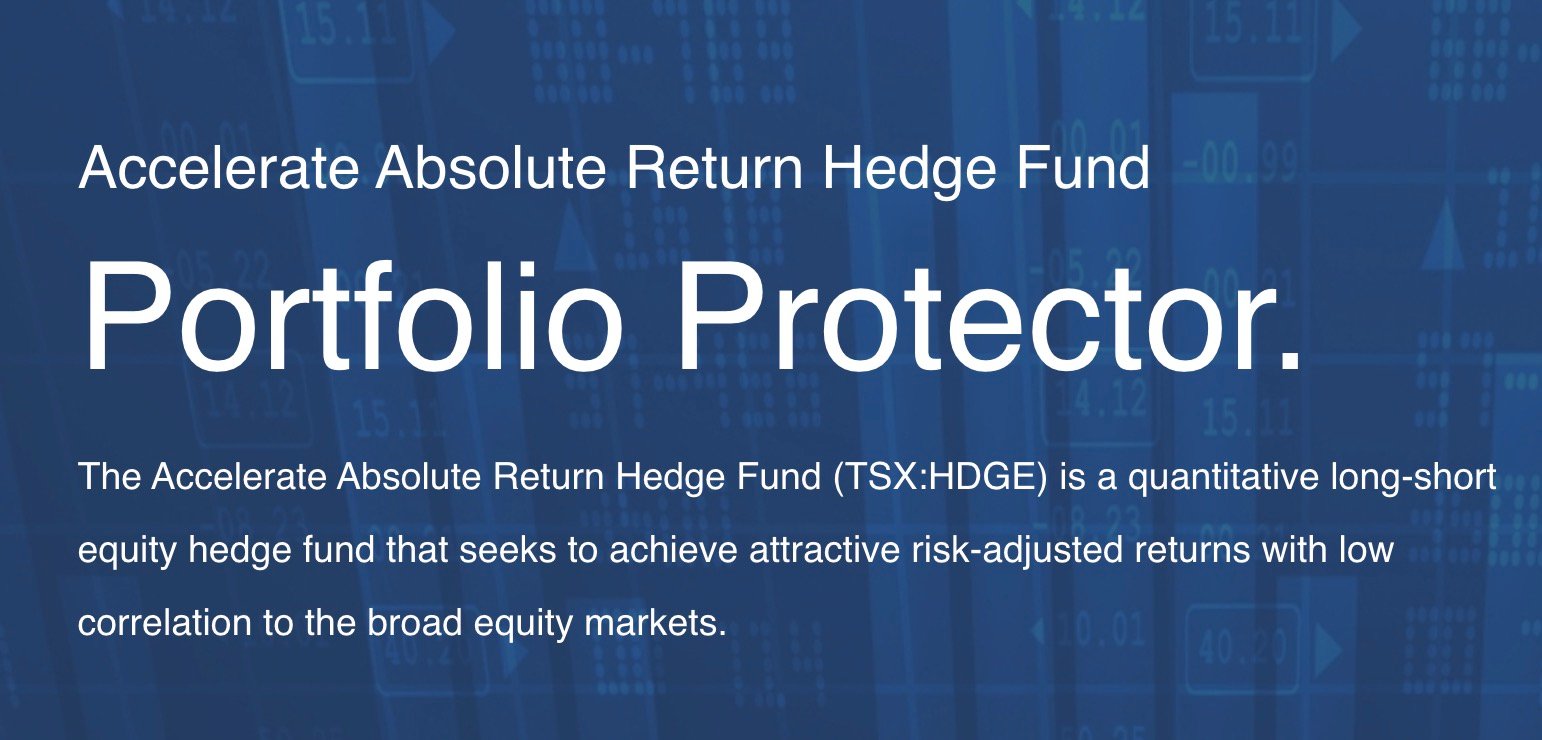
Why Should Investors Consider Accelerate Absolute Return Hedge Fund HDGE ETF?
If we’re assuming that an industry standard portfolio for most investors is one aligned towards low cost beta exposure to global equities and bonds, why should investors consider your fund/strategy?
I believe that low cost beta exposure to global equities and bonds should form the core of a portfolio. However, owning just two assets is not sufficiently diversified, and is exposed to nasty drawdowns like in 2022.
I believe that a 50/30/20 portfolio gets investors closer to the Holy Grail of Investing. This includes a 50% allocation to global stocks, a 30% allocation to bonds and cash, and a 20% allocation to a diversified sleeve of alternative investments.
It is imperative that investors include hedge funds in their portfolios that can do well while their stocks and bonds are doing poorly. HDGE can serve as this “portfolio protector”.

How Does HDGE ETF Fit Into A Portfolio At Large?
Let’s examine how your fund/strategy integrates into a portfolio at large. Is it meant to be a total portfolio solution, core holding or satellite diversifier? What are some best case usage scenarios ranging from high to low conviction allocations?
HDGE is a satellite diversifier. We call it the “portfolio protector”, and it is used to mitigate downside risk of stocks within a portfolio and reduce volatility while optimizing risk-adjusted returns.
Since inception in 2019, by adding a 10% allocation to HDGE in a 60/40 stock and bond portfolio, it has improved return while reducing risk. Adding a 10% allocation to HDGE has improved the traditional portfolio’s return per unit of risk (Sharpe ratio) by more than 10%.
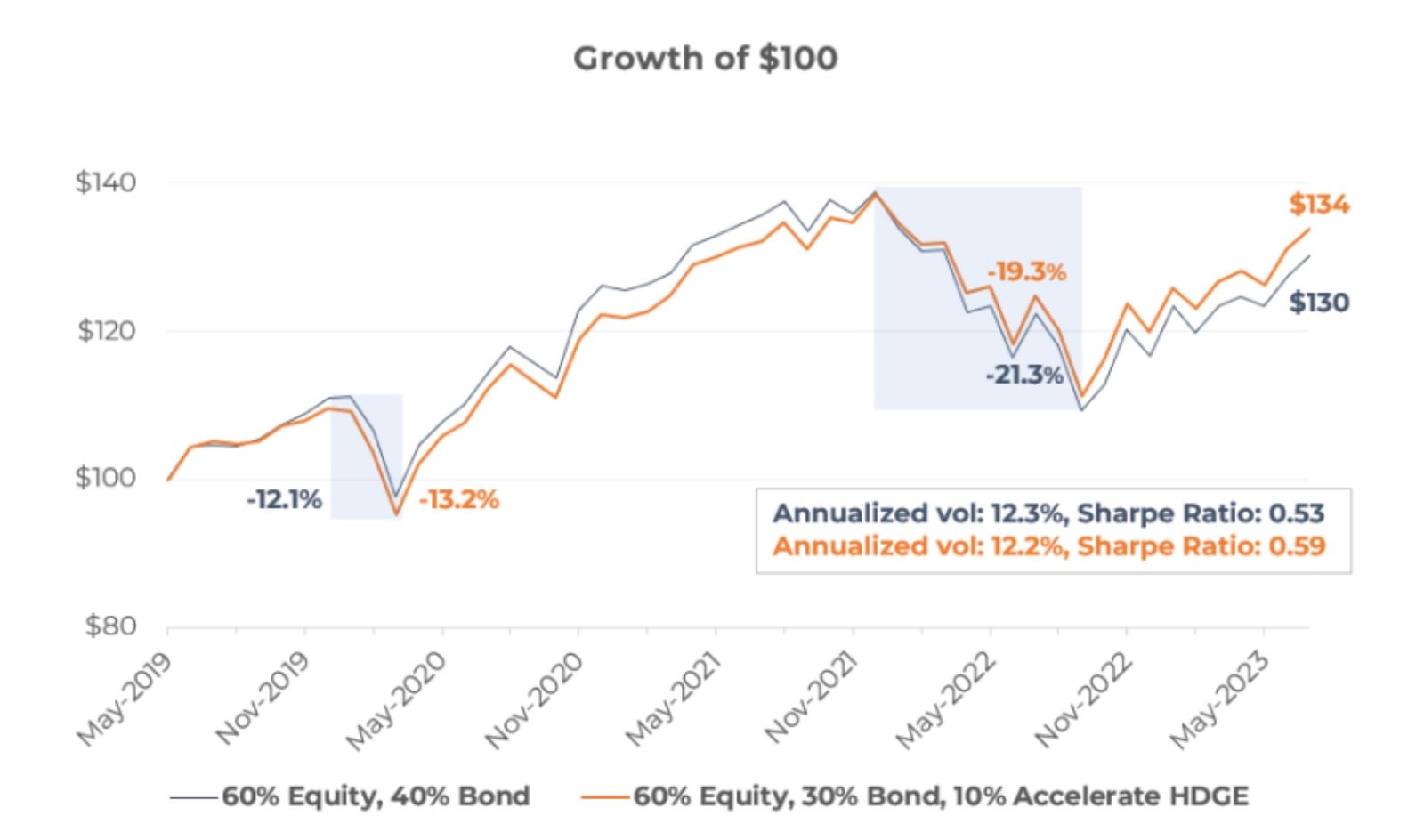
The Cons of HDGE ETF
What’s the biggest point of constructive criticism you’ve received about your fund since it has launched?
The biggest criticism of HDGE is, “why is the AUM so small?”
Yes, it is unjustifiably small at sub-$20 million, but that is not a testament to its performance. We believe HDGE has the potential to be a $1 billion+ fund, and its value-add to portfolios is clear.
The proof is in the pudding and its returns (with near zero correlation to stocks) speak for themselves. However, low AUM has been frustrating.
source: Rob Tetrault on YouTube

The Pros of HDGE ETF
On the other hand, what have others praised about your fund?
Many of our clients have said that HDGE was the best performing asset in their portfolios in 2022.
Historically, if investors wanted portfolio insurance, they would buy put options, which cost money and are a drag on returns.
Given its historical great performance during tough markets, HDGE has acted like portfolio insurance that you get paid to own, given its downside protection characteristics combined with its positive returns. It has served as an effective portfolio hedge while adding to returns.
source: The Meb Faber Show on YouTube
Learn More About HDGE ETF
We’ll finish things off with an open-ended question. Is there anything that we haven’t covered yet that you’d like to mention about your fund/strategy? If not, what are some other current projects that you’re working on that investors can follow in the coming weeks/months?
Leading hedge funds are not only for the Yale Endowments of the world. With solutions like HDGE, all investors, irrespective of financial assets, now have access to world-class alternative investment solutions without sacrificing liquidity or paying high 2&20 fees.
Authentic hedge fund ETFs such as HDGE represent the true democratization of alternative investments.
HDGE ETF Review: 12 Essential FAQs on Accelerate Absolute Return Hedge Fund (TSX: HDGE.TO)
What is the HDGE ETF?
HDGE is an actively managed, quantitative long–short equity “absolute return” ETF from Accelerate. It seeks positive, low-correlated returns by going long stocks with strong factor profiles and short stocks with weak factor profiles, aiming to hedge market direction and smooth drawdowns.
How does HDGE’s strategy work in practice?
Each month, a multi-factor predictive model ranks ~4,000 liquid North American stocks. HDGE goes long the top-ranked (expected to outperform) and short the bottom-ranked (expected to underperform), harvesting factor premia on both sides of the book to pursue absolute returns with low market correlation.
Which factors does HDGE use to pick longs and shorts?
The model emphasizes five well-researched drivers: Value, Quality, Price Momentum, Operating Momentum, and Trend. In simple terms, HDGE aims to go “long good, short junk.”
What are HDGE’s target exposures and beta posture?
The portfolio rebalances monthly to about 110% long / 50% short (≈60% net long) while typically running near beta-neutral via construction, focusing the return engine on stock selection rather than market direction.
What sets HDGE apart from typical “liquid alt” or replicator funds?
Many liquid alts replicate hedge-fund indexes; HDGE instead deploys a full, authentic long–short process (actual longs and shorts, no swaps-only mimicry), offering daily liquidity, transparency (monthly holdings), and an ETF wrapper.
What fees and payouts does HDGE have?
HDGE features 0% management fee with a 20% performance fee (high-water mark)—a pay-for-performance model. The fund also targets ~2% distribution yield (not guaranteed).
When does HDGE tend to excel—and when might it struggle?
Historically strongest in stressful equity markets (e.g., 2022) when weak “junk” stocks lag and short alpha shines. It can struggle in speculative surges (e.g., 2020 risk-on mania) when low-quality stocks rip higher.
How correlated is HDGE to traditional assets?
The mandate targets near-zero correlation to broad equities and low correlation to traditional 60/40 drivers, offering a diversifying return stream that can help cushion multi-asset portfolios during equity/bond drawdowns.
Where does HDGE fit in a portfolio and how much to allocate?
HDGE is a satellite diversifier / “portfolio protector,” not a total portfolio solution. Many allocators consider ~5–10% as part of a diversified alternatives sleeve within a 60/40 or 50/30/20 (stocks/bonds/alts) framework.
Are there notable implementation nuances (sectors, signals)?
Yes. The team excludes biotech (idiosyncratic, binary trial risk) and doesn’t use dividends as a factor (limited predictive power for total return). The focus remains on the five core signals above.
What are common criticisms or risks to consider?
Complexity and communication (long–short factor models can be harder to “see”), small AUM (doesn’t reflect strategy merit but is a common question), and tracking regret versus bull markets when short books drag.
Why do investors praise HDGE?
For some, HDGE acted like “paid” portfolio insurance—helping during tough markets while adding to long-term risk-adjusted returns—all in a liquid, accessible, transparent ETF wrapper instead of a private fund.
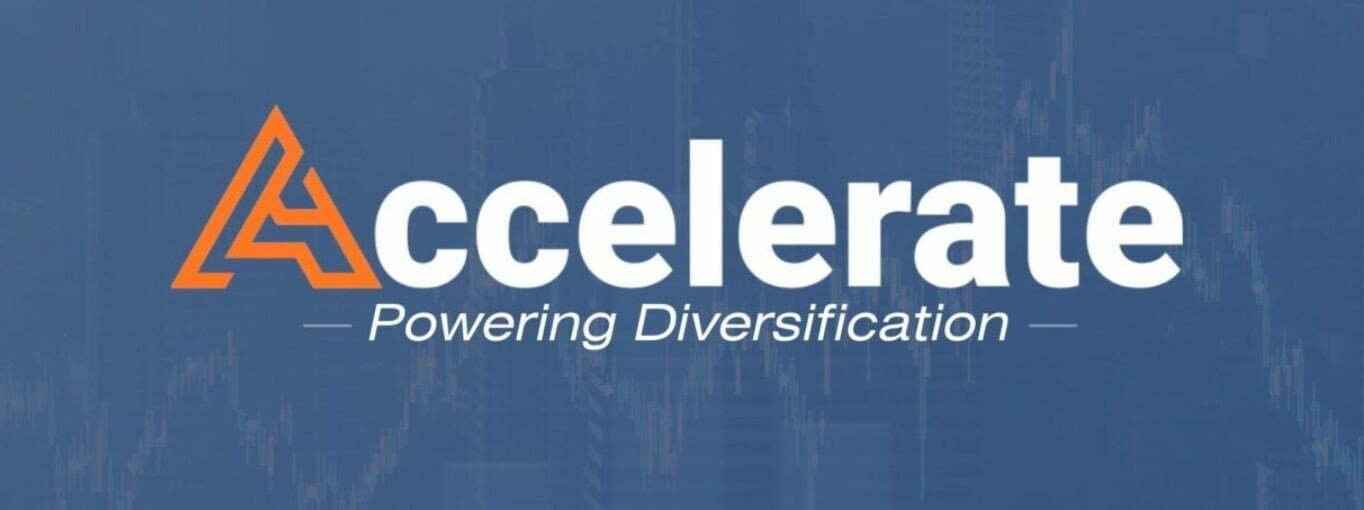
Connect With Julian Klymochko of Accelerate
Follow me on Twitter @JulianKlymochko for news!
We are always trying to innovate in the alternative investment space and look forward to helping investors diversify their portfolios.
Visit AccelerateShares.com for more information and research. Sign up to our distribution to get value-added content delivered to your inbox.

Nomadic Samuel Final Thoughts
I want to personally thank Julian for taking the time to participate in “The Strategy Behind The Fund” series by contributing thoughtful answers to all of the questions!
Julian has already stopped by to discuss two other alternative funds that he offers: ARB ETF: Review Of The Strategy Behind Accelerate Arbitrage Fund and ONEC ETF: Review Of The Strategy Behind Accelerate OneChoice Alternative Portfolio Fund.
Julian was also a guest for the “Investing Legends” series (Merger Arbitrage And Long-Short Equity Investing With Julian Klymochko) which I recommend checking out.
If you’ve read this article and would like to have your fund featured, feel free to reach out to nomadicsamuel at gmail dot com.
That’s all I’ve got!
Ciao for now!
Important Information
Comprehensive Investment Disclaimer:
All content provided on this website (including but not limited to portfolio ideas, fund analyses, investment strategies, commentary on market conditions, and discussions regarding leverage) is strictly for educational, informational, and illustrative purposes only. The information does not constitute financial, investment, tax, accounting, or legal advice. Opinions, strategies, and ideas presented herein represent personal perspectives, are based on independent research and publicly available information, and do not necessarily reflect the views or official positions of any third-party organizations, institutions, or affiliates.
Investing in financial markets inherently carries substantial risks, including but not limited to market volatility, economic uncertainties, geopolitical developments, and liquidity risks. You must be fully aware that there is always the potential for partial or total loss of your principal investment. Additionally, the use of leverage or leveraged financial products significantly increases risk exposure by amplifying both potential gains and potential losses, and thus is not appropriate or advisable for all investors. Using leverage may result in losing more than your initial invested capital, incurring margin calls, experiencing substantial interest costs, or suffering severe financial distress.
Past performance indicators, including historical data, backtesting results, and hypothetical scenarios, should never be viewed as guarantees or reliable predictions of future performance. Any examples provided are purely hypothetical and intended only for illustration purposes. Performance benchmarks, such as market indexes mentioned on this site, are theoretical and are not directly investable. While diligent efforts are made to provide accurate and current information, “Picture Perfect Portfolios” does not warrant, represent, or guarantee the accuracy, completeness, or timeliness of any information provided. Errors, inaccuracies, or outdated information may exist.
Users of this website are strongly encouraged to independently verify all information, conduct comprehensive research and due diligence, and engage with qualified financial, investment, tax, or legal professionals before making any investment or financial decisions. The responsibility for making informed investment decisions rests entirely with the individual. “Picture Perfect Portfolios” explicitly disclaims all liability for any direct, indirect, incidental, special, consequential, or other losses or damages incurred, financial or otherwise, arising out of reliance upon, or use of, any content or information presented on this website.
By accessing, reading, and utilizing the content on this website, you expressly acknowledge, understand, accept, and agree to abide by these terms and conditions. Please consult the full and detailed disclaimer available elsewhere on this website for further clarification and additional important disclosures. Read the complete disclaimer here.





